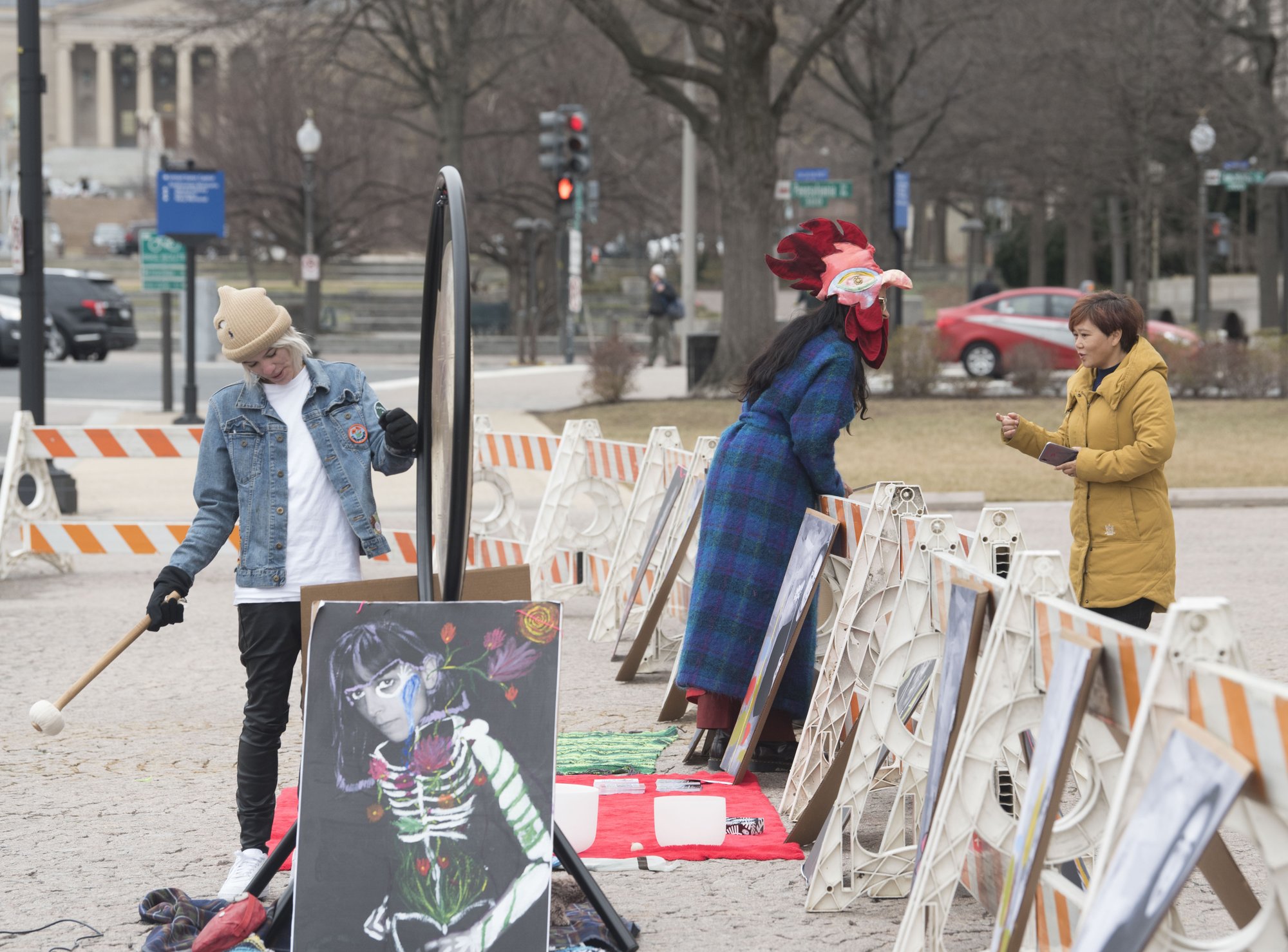“I am 70 and have been working for the past 50 years,” enthuses Amm Saber, the first Aragouz puppeteer to be honored by the Ministry of Culture.
Saber is no stranger to awards, having received five honorary certificates from a raft of authorities including state television, cultural centers and the grand title of best performer at Tunisia’s Ibn Arous Festival in 2004.
“I didn’t inherit the puppeteer profession, I simply loved it ever since I watched Mahmoud Shokuko (a famous Aragouz puppeteer, monologist, and actor of the fifties) perform at the Kitkat nightclub, in Imbaba,” he says.
Saber remembers how he watched in fascination from the top of the nearest tree, convinced that the Aragouz show puppets were miniature children and enchanted by the unique voice of the hand puppet’s unique voice, considered as a voice for the marginalized.
The son of an employee at Cinema Lux (Cosmos) in Emad Al Din St, Saber’s father understood the appeal of the Aragouz for Saber and gave his blessing for him to chase a career in puppetry.
Forced to the leave his home comforts for months on end to learn the tricks of the trade, which angered his father greatly, Saber joined the Mulids or wandering religious festivals in which the Aragouz puppeteers presented a plethora of music sketches that sometimes included offensive language.
However, for 10 years Saber watched and learnt, and “though I cannot even write my name, I have learnt a lot from the school of life.” After his intensive studies, Saber decided to hold on to the classic Aragouz sketches, but to use more polite language during performances.
“I teach the child how to eat, behave, and study properly, how to respect his elders,” he says, explaining that up to 24 scenes can be used in one performance, depending on the puppeteer’s intelligence and their ability to improvise.
There are 22 traditional scenes, such as The Aragouz and His Wife and The Teacher. The scenes include 12 other traditional hand puppets, reflecting various segments of Egyptian society like the religious figure, the soldier, the wife and the merchant.
Although Aragouz literature is mostly communicated orally, its scenes are currently being compiled into a book by Nabil Bahgat, founder of the Wamda Troupe for Egyptian traditional Shadow and Aragouz puppet shows. Bahgat is also Head of Beit Al Seheimi, which now serves as a platform for folk arts and the site of a permanent exhibition of Egyptian folk dolls.
Saber has refrained from some of the classic scenes in his shows, for instance where the Aragouz used to beat up his wife and throw out all their furniture. “Whatever children observe, they have the ability to repeat in their own lives,” explains Saber.
Insisting that the Aragouz is a tool for information, Saber addresses his “far more intelligent young audience” by adding a didactic approach to his sketches. Unlike the popular masked costumes that replaced Aragouz at birthday parties, the Aragouz teaches and amuses children at the same time.
“I am not here to make them laugh, it is the information that attracts the child the most,” Saber says.
Despite his passion for puppetry, Saber refrained from passing on the trade to his children. “I do not want my children to have to work as hard as I did. I want my children to lead a better life,” he says.
“Aragouz puppeteers are quite few nowadays, for there is no space for the Aragouz in Mulids anymore, which have replaced Aragouz stages with religious songs and performances instead,” he says.
After working independently for many years, Saber recently joined the Wamda troupe, which offers a weekly performance at Beit Al Seheimi, and he believes the Aragouz will never lose its appeal in Egypt.
“The Aragouz will never become extinct because of [its status] as a part of ancient Egyptian heritage, and [its popularity] as a folk doll,” he adds.




